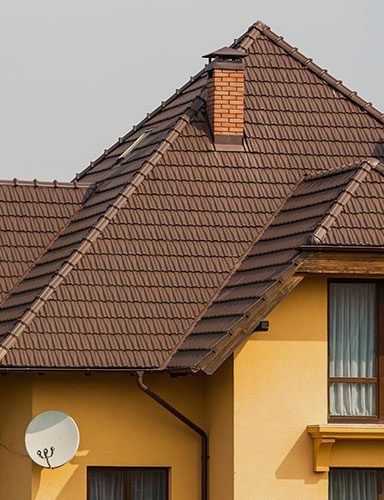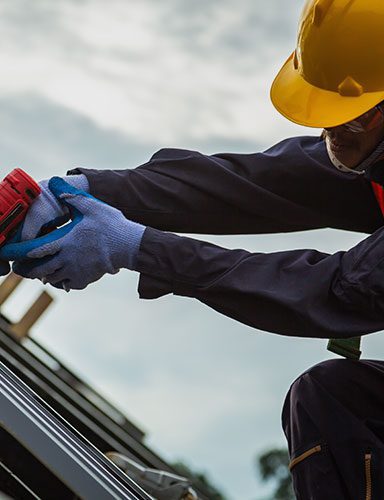Roof installations completed in one day
Chose a Location to Request An Estimate Online ↓
Saving Customers Time
Complete an Estimate Online
Simple, Easy and Immediate Results
Longest Written Warranty in Industry
Residential Roofing Services
Exclusive GAF System Plus 50 year warranty
Certified Installations
1 Roof 1 Way 1 Day
Roof installations completed in one day
Saving Customers Time
Complete an Estimate Online
Simple, Easy and Immediate Results
Longest Written Warranty in Industry
Residential Roofing Services
Exclusive GAF System Plus 50 year warranty
Certified Installations
1 Roof 1 Way 1 Day
Roof installations completed in one day



About Roofplan
Roof Improvement
for More Than
30 Yearss
We are professionals in the Roofing and Fixing business, this is why we always stay up to date on the latest technologies and equipment. Furthermore, we maintain the highest standards of business integrity on Global Basis by following environmental safety rules. We are passionate about our Works!
Mission Statement
The Mission is to serve our customers and always deliver the highest level of professionalism Which makes our Customer Happy.
What is Our Core Values
We believe in Teamwork through Trust and Respect Each Other. Enthusiastic Communication with Clients.
-
0
Experience
Members -
0 k
Satisfied
Clients
Quality Roof Installations
We Provide Quality
Roofing Sevices
Roof Inspection
Roof Measurement
Roofing Materials
A Quote You Can Trust
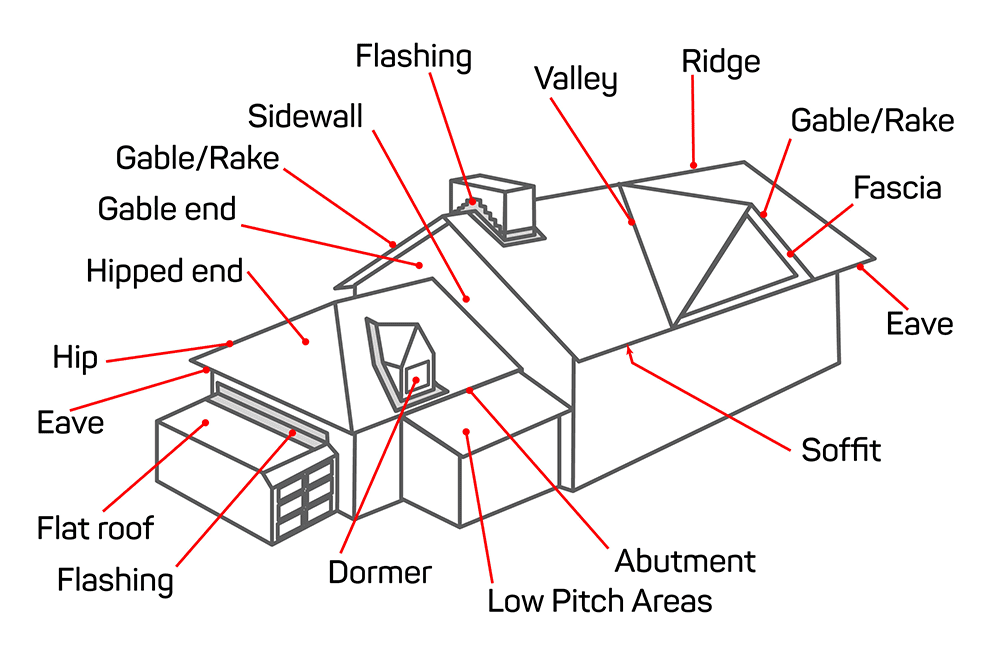
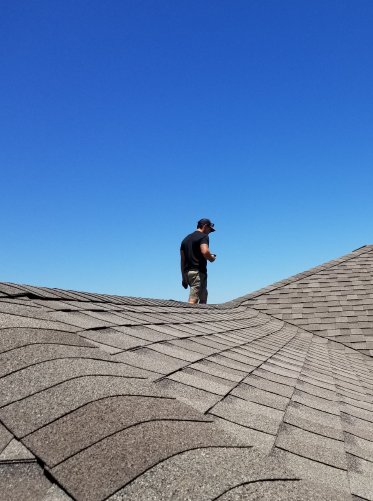
Roof Inspection
After scheduling a convenient time to meet you at your home, your roofing technician will first inspect your roof. In addition to looking at the condition of the shingles on the exterior, a thorough roof inspection means checking the attic for leaks and damage to the plywood layer on the interior of the roof.
Each component of the system works together to keep your home safe from the elements. It's critical to understand how each layer of your roof protects your property.
Here are the layers of a Roof
- Framing
- Insulation
- Ventilation
- Roof deck
- Water Barrier
- Underlayment
- Shingles
- Starter Strip
- Ridge Cap
- Flashing
Roof Measurement
When the inspection is complete, your technician will measure the surface area of the roof, unless you’ve already done your own roof measurement online.
Typically, a roof repair focuses on a specific issue that arises. Before they become costly problems, a Roof Tune-Up tackles several of the most frequent roofing difficulties.
- Resealing exposed nail heads
- Resealing plumbing vents
- Secure loose flashings
- Secure loose flashings (step/apron)
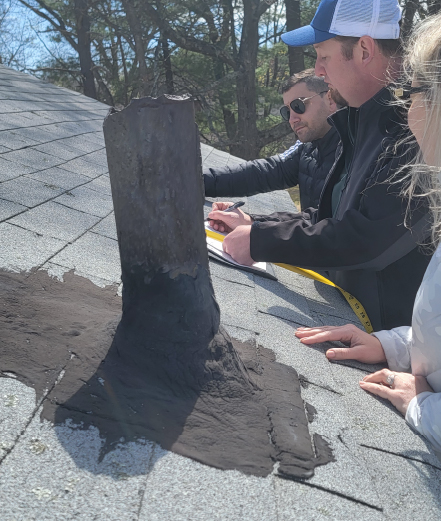
Roofing Materials
Once the roof has been inspected and measured, your technician will walk you through the options for roofing materials. Roof Right Now uses the GAF Roofing System, and we take roofing materials very seriously. We want you to understand what your roof is made of and the benefits of using our recommended shingles, underlayment, flashing, and drip edge products. With great materials comes a great warranty.
Work Process
If this type of damage is discovered during an inspection, our experienced craftsmen will cut off the decaying section and replace it with fresh material to extend the life of the structure.
We understand that your home is one of your most valuable possessions. As a result, only the most skilled hands are permitted to operate on it. We are a roof repair company with a proven track record of excellent craftsmanship and customer service.
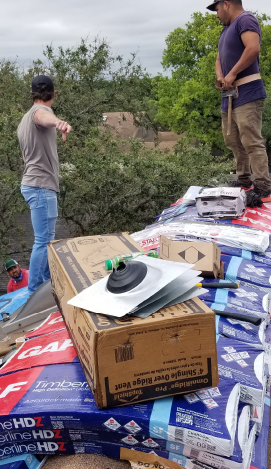

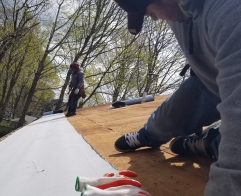
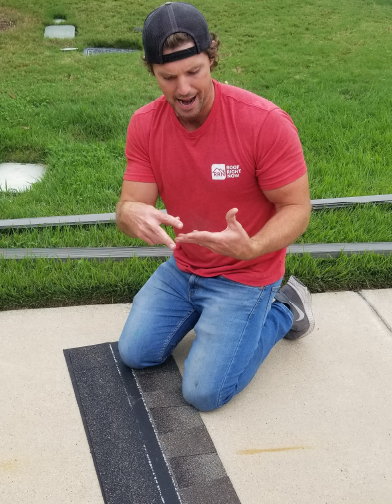
A Quote You Can Trust
Taking all of the above into consideration, your technician will write up a quote that includes a clear description of the work to be done, the materials to be used, any potential tax credits the roof installation qualifies for, the warranty we can offer, and a competitive price that we will stand by. Every Roof Right Now quote covers the cost of materials, full tear off and clean up of the old roof, and our customer service commitment to fix any issues that may arise. If you decide to work with us, that quote document is also your Roof Right Now contract. It just needs to be co-signed by you and your roofing technician
Key Components of a Roof Replacement
- The Deck
- Underlayment
- Flashing
- Ventilation
- Drip Edge
- Starter Strips
- Fascia
- Soffit
- Ice and Water Shield
years of experience
successful roof installations
locations Near You
satisfied customers
Why Choose Us
Why Choose Roof Right Now?
1 Day Install
1 Day Install
Always protect your home from the elements
Quality Materials
Quality Materials
We only use the best materials from GAF
5 Minute Online Estimate
5 Minute Online Estimate
Complete, accurate estimate in under 5 minutes
50+ Year Warranty
50+ Year Warranty
A lifetime written warranty labor included

Testimonials
What Our Client Say
About Roof Right Now
Austin. From the initial contact for an estimate, to the consultation and finally the blazing speed in which they completed the task: we have only praise. Once we scheduled the roof to be done they dropped off materials that same week. My wife and I were gone that weekend and when we came home: POOF! NEW ROOF. It was great.
Chris
Austin, TXI love my new roof! Jonathan explained the whole process in detail as well as the quality of materials. Everyone was extremely professional about the construction of my new roof. They did a wonderful job and thorough job of clean up too. I'm very proud of my new roof. I recommend Roof Right Now to anyone who needs a new roof! Thank you.
Debbie
Boston, MAHad a very smooth and easy experience getting our new roof. They responded quickly, were very transparent with on-site delivery and costs, and were overall so easy to work with. They also let us know ahead of time when material prices were fluctuating. Our roof looks great, and they were in and out faster than we expected. We’re definitely going to Kevin and Roof Right Now for our future projects
Robyn B
Houston, TXAustin. From the initial contact for an estimate, to the consultation and finally the blazing speed in which they completed the task: we have only praise. Once we scheduled the roof to be done they dropped off materials that same week. My wife and I were gone that weekend and when we came home: POOF! NEW ROOF. It was great.
Chris
Austin, TXI love my new roof! Jonathan explained the whole process in detail as well as the quality of materials. Everyone was extremely professional about the construction of my new roof. They did a wonderful job and thorough job of clean up too. I'm very proud of my new roof. I recommend Roof Right Now to anyone who needs a new roof! Thank you.
Debbie
Boston, MAHad a very smooth and easy experience getting our new roof. They responded quickly, were very transparent with on-site delivery and costs, and were overall so easy to work with. They also let us know ahead of time when material prices were fluctuating. Our roof looks great, and they were in and out faster than we expected. We’re definitely going to Kevin and Roof Right Now for our future projects
Robyn B
Houston, TXAustin. From the initial contact for an estimate, to the consultation and finally the blazing speed in which they completed the task: we have only praise. Once we scheduled the roof to be done they dropped off materials that same week. My wife and I were gone that weekend and when we came home: POOF! NEW ROOF. It was great.
Chris
Austin, TXI love my new roof! Jonathan explained the whole process in detail as well as the quality of materials. Everyone was extremely professional about the construction of my new roof. They did a wonderful job and thorough job of clean up too. I'm very proud of my new roof. I recommend Roof Right Now to anyone who needs a new roof! Thank you.
Debbie
Boston, MAHad a very smooth and easy experience getting our new roof. They responded quickly, were very transparent with on-site delivery and costs, and were overall so easy to work with. They also let us know ahead of time when material prices were fluctuating. Our roof looks great, and they were in and out faster than we expected. We’re definitely going to Kevin and Roof Right Now for our future projects
Robyn B
Houston, TXAsked Question
Frequently
Asked Questions
Exercitation ullamco laboris nisi ut aliquip ex ea commodo consequat duis aute aboris nisi ut aliquip ex irure reprehederit in voluptate velit esse cillum dolore fugiat nulla pariatur.
-
Q. How Does Saas Work?
Lorem ipsum dolor sit amet consectetur elit sed do eiusmod tempor incididunt labore dolore magna aliqua enim minim.
-
Q. How does Your Pricing Work?
Lorem ipsum dolor sit amet consectetur elit sed do eiusmod tempor incididunt labore dolore magna aliqua enim minim.
-
Q. How can i take your service?
Lorem ipsum dolor sit amet consectetur elit sed do eiusmod tempor incididunt labore dolore magna aliqua enim minim.

How It’s Work
Our Working Process
Get Consultation
Book & pay online. We’ll match you with a trusted house cleaner
Install New Roof
We will come and fix the Roofing! Done all the Jobs needed.
Followup & Enjoy Roofing
We will followup of after Installation Service and Support






